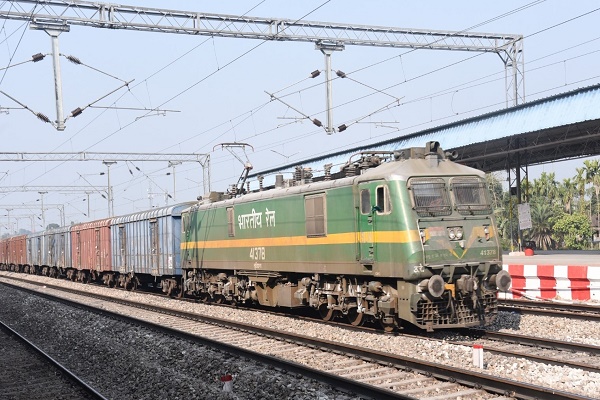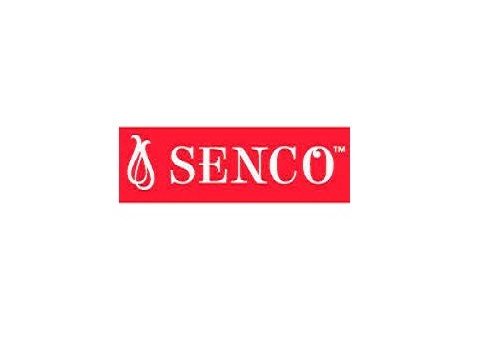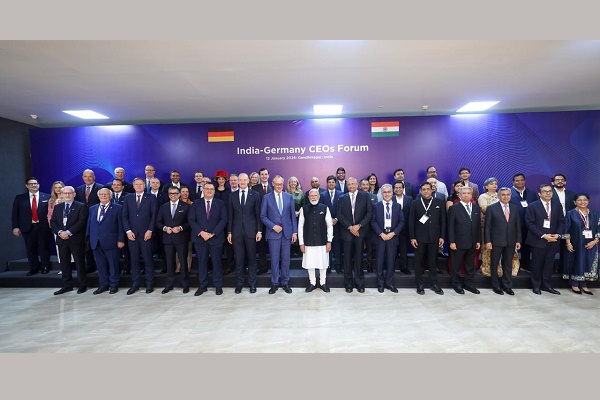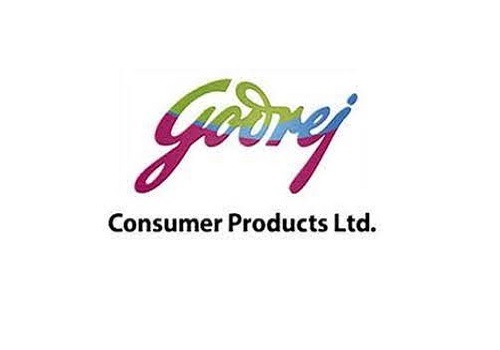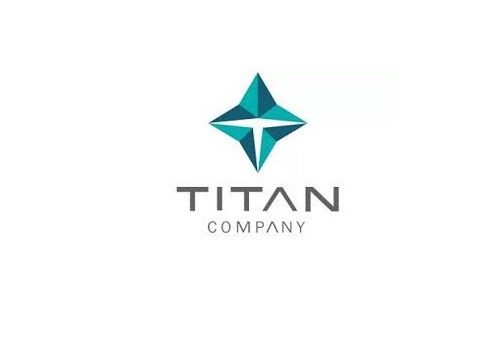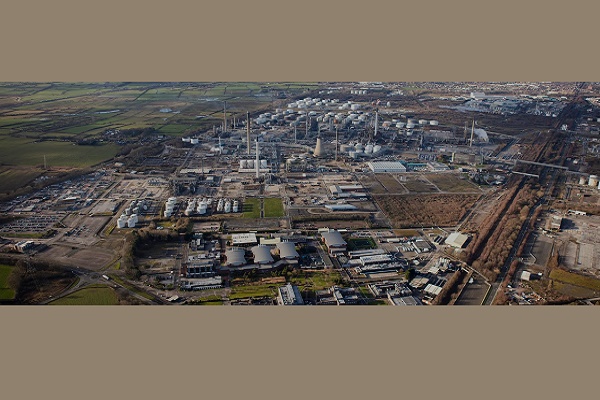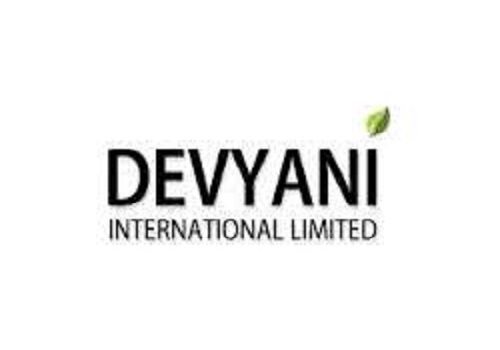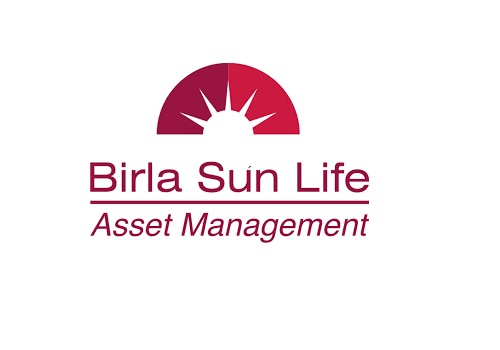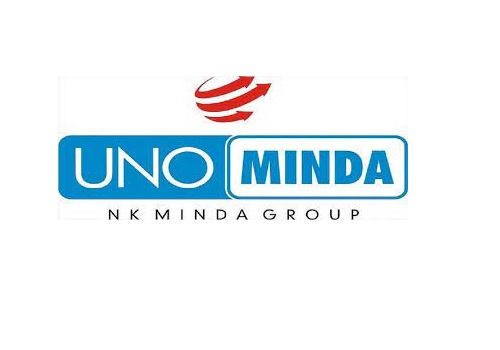Hold YES Bank Ltd For Target Rs.14 - ICICI Securities
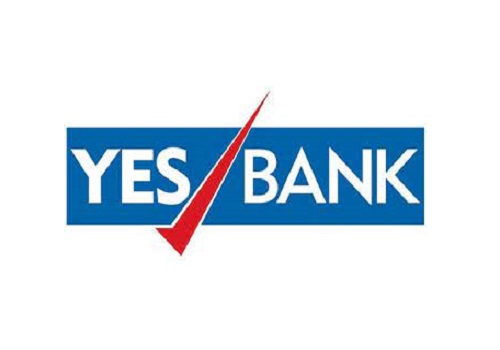
Stress pool remains elevated; core business stability drives operating performance
YES Bank (YES) has reported 18% QoQ growth in PAT to Rs2.66bn in Q3FY22, better than expected due to lower credit cost and NIM expansion of 25bps QoQ. Positively, earnings growth flowed from core business stabilisation without much support from treasury profits (mere Rs230mn vs Rs4.7bn in Q3FY21). Operating profit growth of 7.7% QoQ was supported by 17% growth in NII as deposit cost reduced by ~30bps. What encouraged: 1) Continued traction in cash recoveries (Rs3.6bn) and upgrades (Rs5.7bn), more than offsetting moderating slippages (at <2.5%); 2) modest credit cost; 3) retail/SME mix further improved 300bps QoQ to 57%; 4) CASA improved 100bps to 30.4%. Key to watch out: a) Behaviour of restructured and SMA pools; b) elevated stress pool with net labelled exposure at 6.3%, restructured pool at 3.6%, SMA-2 at 1%, SMA-1 at 2.8%. RoEs of <6% over the next couple of years will likely cap rerating beyond 1x FY23E book. Maintain HOLD. Key risks: 1) delay in resolution of stress pool, 2) lock-in of shares, and 3) lower float boosting value beyond fundamentals.
* Asset quality trends gradually improving with moderating slippages and sustained recoveries/upgrades: Gross NPA marginally declined QoQ to 14.7% (vs 15.0%/15.6% in Q2/Q1FY22), primarily buoyed by reduction in retail NPAs to 2.1% (vs 2.8%/3.3% in Q2/Q1FY22) and SME NPA to 3.4% (3.7%/3.9%). There was marginal decline in medium enterprise NPAs to 2.1% (2.2%/2.8%) while corporate NPAs rose to 28.2% (vs 26.8%/27% in Q2Q1FY22 and 26.4% in FY21). GNPA decline can be attributed to: 1) moderation in slippage run-rate to <2.5% (from 4%/5% in Q2/Q1FY22 – Rs9.8bn (vs Rs17.8bn/Rs22.3bn) as retail slippages normalised to Rs3.88bn (Rs8.88bn in Q2FY22) and corporate slippages too declined to Rs4.35bn (Rs7.5bn/Rs12.6bn in Q2/Q1FY22). 2) Continued traction in cash recoveries (of Rs6.1bn including Rs3.6bn of principal recoveries). 3) Upgrades of Rs5.73bn and write-offs of Rs1.86bn. With total recoveries and upgrades of Rs43.2bn in 9MFY22, the bank is likely to overshoot its recovery target of Rs50bn for FY22. Overall, improved collection trends, reduction in overdue pool and better recoveries/upgrades should support gradual decline in GNPA to 13.7% / 11.8% by FY22E / FY23E, respectively.
* Net labelled exposure, restructuring and SMA-1 pool still elevated: YES’ cumulative gross non-performing exposure and restructured advances are still equivalent to 23.5% of advances plus corporate investments (vs 24.3%/25.5% in Q2/Q1FY22). On this stressed pool, it carries coverage of 59%. Restructured pool has further risen to Rs68.8bn (from Rs62bn/Rs50bn) largely on account of DCCO as well as OTR 2.0 in retail & MSME portfolios in Q3FY22. Overdue loans in 61-90 days bucket were stable, while, in 31-60 days bucket it was higher by Rs16bn, predominantly on account of one large infrastructure group fully backed by strong and highly valued collateral.
* Contained credit cost as ageing-related provisions offset by recoveries: Provisioning for Q3FY22 came in much below expectations at Rs3.75bn, of which Rs3.1bn was towards investment depreciation. Some specific loan-loss provisions were due to ageing, partially offset by recoveries. With net labelled exposure at 6.3%, restructured pool at 3.6%, SMA-2 at 1% and SMA-1 at 2.8%, we build in credit cost of 1.1% / 1.0% / 1.0% over FY22E / FY23E / FY24E, respectively.
* Transfer to ARC expected to conclude in H1FY23: The bank is in the process of setting up an ARC wherein endeavour is to transfer bulk of its NPA portfolio and stress pool. The process was anticipated to conclude by Mar’21, but is deferred due to pandemic and some regulatory approvals. It is now expected to conclude by H1FY23. This will likely lead to offloading of the stress pool from its balance sheet with/without any additional provisioning.
* Granular retail and SME advances drive new business formation: Loanbook was up 2% QoQ / 4% YoY. In line with its medium-term objective of creating a granular asset portfolio, YES continues to build its retail advances, which were up 26% YoY and 8% QoQ. Retail + MSME advances now constitute 57% of advances (vs 44% in FY20 and 51% in FY21).
New business formation was strong with: 1) gross retail disbursements at Rs93.3bn (compared to Rs84.8bn/Rs50bn in Q2/Q1FY22 and Rs75bn each in Q3FY21 and Q4FY21), 2) SME disbursements at Rs49.4bn (Rs45.6bn/Rs32.4bn in Q2/Q1FY22, Rs41bn in Q4FY21), and 3) wholesale banking disbursements at Rs47.6bn (Rs37.4bn/Rs36.3bn in Q2/Q1FY22). Having addressed, recognised and provided for the legacy corporate stress book, YES is now willing to resume corporate lending focused towards transaction banking and working capital financing. We pencil-in credit growth of 12%/15%/18% for FY22E/FY23E/FY24E, respectively. Bank is targeting retail:corporate mix of 60:40 in the medium term, retail YoY growth of >20% and wholesale YoY growth of >10%.
* Build-up of low-cost deposit franchise: In Q3FY22, deposits sustained momentum with 4.3% QoQ accretion, resulting in average QoQ deposit growth of 8.4% over the past seven quarters. This growth in liabilities was despite reduction in interest rates. Also, deposit growth was granular as reflected in CASA deposits growth of 7.6% QoQ vs 4.3% QoQ growth in overall deposits. Deposit growth outpacing advances growth has aided the bank to improve its C/D ratio to 95.7%, lowest in the past 17 quarters. New customer acquisition was strong post covid second wave and the bank onboarded ~249k new CASA accounts during the quarter vs 244k / 152k / 256k / 221k / 151k / 31k in Q2FY22 / Q1FY22 / Q4FY21 / Q3FY21 / Q2FY21 / Q1FY21, respectively. Given the strong run-rate in CASA deposits, the bank is at its target of >30% in FY22.
* Margins up 25bps QoQ to 2.4%, likely to further inch up in coming quarters: NII grew by 17% QoQ as NIMs improved 25bps QoQ to 2.4% with 10bps rise in yields to 8.1% and 30bps decline in cost of funds to 5.1%. Bank sees scope for NIMs progressing towards 2.5% and we too believe that expectations of normalised slippages (and consequent lower interest reversals), gradual deposit cost benefit and portfolio mix shift towards retail/SME should support margins. Going forward, with credit growth normalisation, ramp-up of low-cost deposit franchise and normalised liquidity levels, we are building-in margins of 2.6% / 2.9% / 3.0% for FY22E / FY23E / FY24E, respectively.
* Retail banking fee granular; modest support from treasury: Retail banking fees were flat QoQ at Rs4.5bn. Retail fees are granular in nature, hence gives strong visibility on sustenance of the same as the bank grows its loanbook. Corporate banking fees after unwinding for Q4 as well as full year FY21 continued in positive trajectory at Rs270mn. Trade and cash management was down 6% QoQ, thereby dragging core fee income. There was not much support to earnings from treasury profit (mere Rs230mn, unlike Rs4.7bn in Q3FY21).
* Priorities for FY22 targeted towards medium-term objectives; transitioning to weigh on profitability and growth: The revamped leadership with Mr. Prashant Kumar at the helm (leveraging on the backing of leading shareholder banks, changed governance and underwriting framework) is stabilising and turning around YES from the current downcycle and is now showing up in its results. Bank is prioritising rebuilding of trust, focus on granular advances growth (led by retail, SME and working capital financing) and improvement in CASA ratio. Its mediumterm aim is to build a granular deposit base (retail TD, CASA, etc.) and granular loan profile (retail, MSME, etc.), which is an extremely competitive task and will come at a higher opex and lower spread. Stable NIMs (not having much reversal due to stress recognition), increased traction in fee income and continued cost control, will help YES get an RoE profile of around 5% / 7% for FY23E / FY24E, respectively. Bank is looking at an RoA target of 1.0-1.5% over FY23-FY25.
To Read Complete Report & Disclaimer Click Here
For More ICICI Securities Disclaimer https://www.icicisecurities.com/AboutUs.aspx?About=7
Above views are of the author and not of the website kindly read disclaimer
